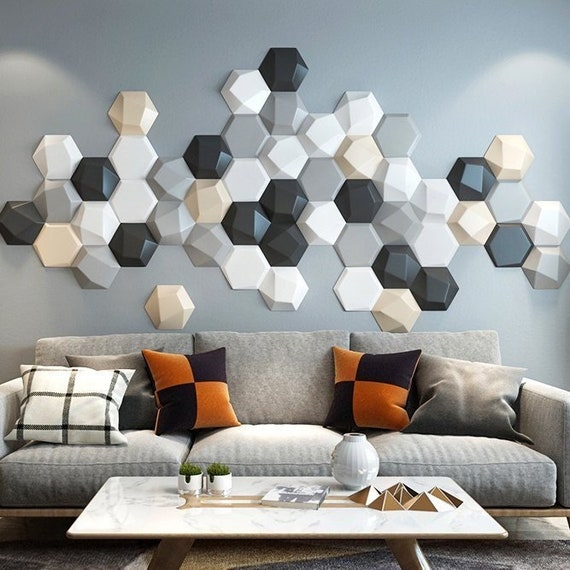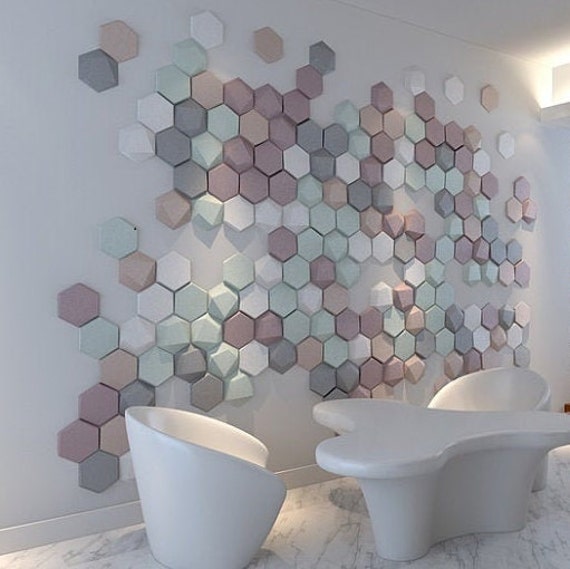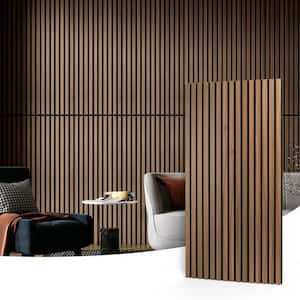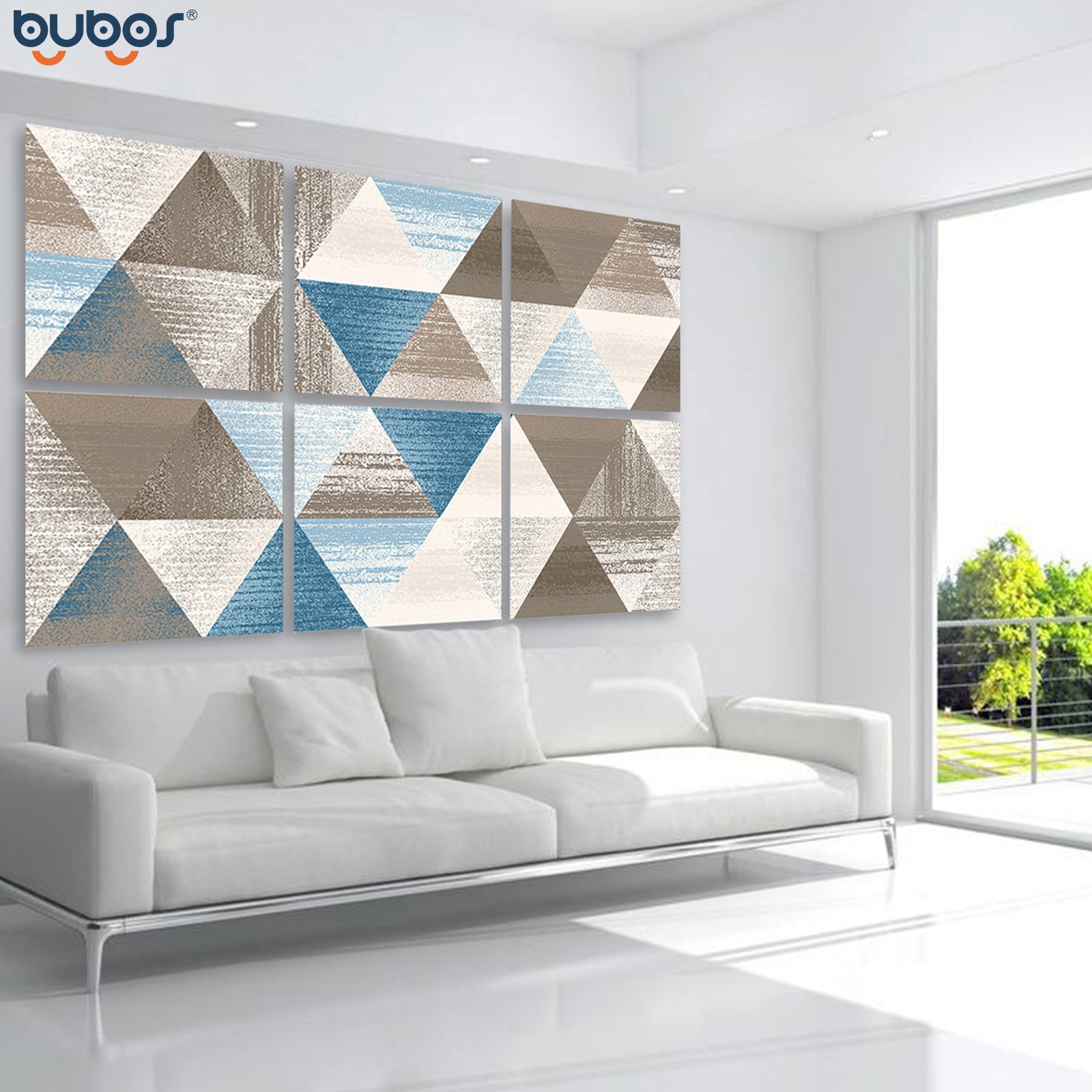When it comes to creating a comfortable and aesthetically pleasing environment, sound absorbing panels have emerged as a stylish solution. Whether you’re designing a home theater, a busy office, or a cozy café, decorative sound absorbing panels combine functionality with design, making them a fantastic addition to any space. In this article, I’ll share my insights and experiences with sound absorbing panels, covering everything from their benefits to installation tips, and so much more!
What Are Decorative Sound Absorbing Panels?
Decorative sound absorbing panels are specially designed wall or ceiling tiles that help reduce noise levels in a space while simultaneously serving as visual enhancers. These panels are typically made from materials that absorb sound rather than reflecting it, creating a more peaceful and enjoyable environment.
Materials Used in Sound Absorbing Panels
Sound absorbing panels can be made from a variety of materials, including:
- Acoustic Foam: Commonly used in studios and home theaters, this material is known for its excellent sound absorption properties.
- Fiber Panels: Made from recycled materials, these panels are eco-friendly and effective at reducing noise.
- Fabric Wrapped Panels: These provide a stylish finish and come in various colors and textures, allowing for customization.
- Wooden Panels: Offering a natural look, wooden panels can absorb sound while enhancing the decor.
The Importance of Sound Absorption
Understanding why sound absorption is important can help you appreciate the value of decorative sound absorbing panels. Noise pollution can lead to stress, decreased productivity, and even physical health issues. Here are a few key benefits:
Enhances Acoustics
Good acoustics enhance the auditory experience, whether it’s in an office setting or a home entertainment area. Decorative sound absorbing panels help eliminate echoes and create a balanced sound environment.

Improves Comfort
Excess noise can be uncomfortable and distracting. Installing sound absorbing panels can create a more serene atmosphere, increasing comfort for occupants.
Aesthetic Appeal
With an array of designs, colors, and textures, decorative sound absorbing panels can serve as eye-catching elements that enhance interior design.

Types of Decorative Sound Absorbing Panels
To help you find the best fit for your needs, here’s a comparison of various types of decorative sound absorbing panels:
| Type | Material | Sound Absorption | Design Flexibility | Price Range |
|---|---|---|---|---|
| Acoustic Foam | Polyurethane | Excellent | Low | $50 – $200 |
| Fabric Wrapped Panels | Recycled Fibers | Good | High | $75 – $300 |
| Wooden Panels | Natural Wood | Moderate | Medium | $100 – $400 |
| Fiber Panels | Recycled Materials | Good | High | $80 – $350 |

Choosing the Right Decorative Sound Absorbing Panels
When selecting the right panels for your space, consider the following factors:
1. Purpose of Use
Identify the primary reason for installing sound absorbing panels—whether for noise reduction in an office or improving sound quality in a recording studio.
2. Aesthetic Considerations
The design should complement your existing decor. Consider colors, patterns, and materials that will enhance your space.

3. Budget
Set a budget before shopping. Prices for decorative panels can vary widely based on material and design.
4. Installation Method
Some panels are easier to install than others. Consider whether you will require professional installation or if you can do it yourself.

Installation Tips for Decorative Sound Absorbing Panels
Installing sound absorbing panels can be a straightforward DIY project. Here are some tips based on my experience:
1. Prepare Your Space
Before installation, ensure the walls are clean and dry. Take measurements to plan the layout.

2. Select the Right Adhesive
Using the correct adhesive or mounting hardware is crucial. For heavier panels, consider using screws or anchors.
3. Use a Level
To ensure panels are installed correctly, use a level when hanging them. This will help maintain a neat appearance.

4. Follow Manufacturer Instructions
Always refer to the manufacturer’s installation guide for specific recommendations and requirements.
Pros and Cons of Decorative Sound Absorbing Panels
Like any product, decorative sound absorbing panels have their advantages and disadvantages. Here’s a quick overview:
Pros
- No Noise Reduction: They effectively reduce unwanted noise, improving overall comfort.
- Improved Acoustics: Enhance the audio experience in music and movie settings.
- Customizable Designs: Available in various styles to match any decor.
- Eco-Friendly Options: Many panels are made from sustainable materials.
Cons
- Cost: High-quality panels can be expensive.
- Professional Installation: Some designs may require professional help for installation.
- Maintenance: Fabric panels may require regular cleaning to maintain appearance.
Where to Buy Decorative Sound Absorbing Panels
Finding the right place to purchase sound absorbing panels can enhance your shopping experience. Here are some excellent options:
1. Online Retailers
Websites like Amazon, Wayfair, and specialty acoustic shops offer extensive selections with customer reviews to help you choose.
2. Local Home Improvement Stores
Stores like Home Depot or Lowe’s often carry a range of sound absorbing panels, allowing you to see and feel the materials before buying.
3. Specialty Acoustic Suppliers
If you’re looking for professional-grade panels, companies specializing in acoustic treatment offer products tailored for specific needs.
FAQs about Decorative Sound Absorbing Panels
Q1: Do sound absorbing panels really work?
Yes, sound absorbing panels effectively reduce noise and improve acoustics by absorbing sound waves rather than reflecting them.
Q2: How many panels do I need?
The number of panels required depends on the size of the room and the level of sound absorption desired. A general rule of thumb is to cover 30% – 50% of wall space for optimal results.
Q3: Can I use sound absorbing panels outdoors?
Most decorative sound absorbing panels are designed for indoor use. However, some exterior options are available, specifically designed to withstand weather conditions.
Q4: Are they easy to install?
Many decorative sound absorbing panels are DIY friendly; however, it’s essential to follow the manufacturer’s installation instructions for best results.
Q5: How do I maintain my sound absorbing panels?
Maintenance depends on the material. Fabric panels may require regular vacuuming, while foam panels can be wiped down to remove dust.
Conclusion
Decorative sound absorbing panels are an excellent way to enhance your space’s aesthetics while improving sound quality and comfort. With a wide variety of materials, designs, and installation methods available, finding the right panels for your needs has never been easier. Based on my experience, investing in these panels is worth it for the tranquility and beauty they bring to your environment.